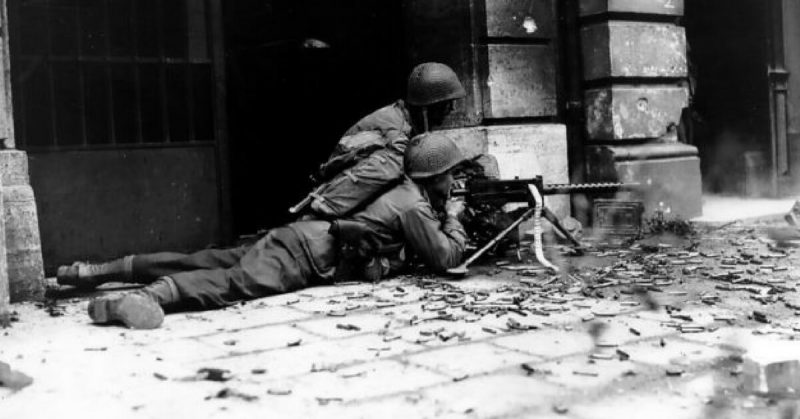Late in WWII, the obstinate Germans were on the defensive, and one American soldier had had enough. Unfortunately for the Germans, he was even more obstinate than them.
Robert “Bobbie” Evan Brown Jr. was born on September 2, 1903, in Dublin, Georgia to a large, but very poor family. When he was 15, he left for the city of Columbus, Georgia and made a beeline to the Army recruitment office. However, he was under age.
Fortunately for Brown, he already stood six feet tall and knew a thing or two about lying. ID was not necessary back then and joining the Army has never been a popular option for most.
For Brown, it was paradise. It was not just about the food. The discipline, order, camaraderie, and competition appealed to him; as he later said, “I always wanted to be tops in whatever I did.”
He became an expert in every weapon the Army had. He also became a boxer with 38 victories under his belt. He joined the all-army football team and did so well three universities offered him scholarships; until they realized he had dropped out in the 7th grade.

By the time America joined the war in December 1941, Brown was a First Sergeant in the Headquarters Company of General Patton’s 2nd Armored Division. His first tour of duty was in North Africa where he earned a battlefield promotion to Second Lieutenant and was transferred to the 1st Infantry Division.
In the Normandy Landings in June 1944, Brown was in charge of a platoon under Company C when they stormed Omaha Beach. That secured, they fought their way deeper into France, pushing the Germans back towards their homeland. The Germans fought ferociously killing the C Company Commander.
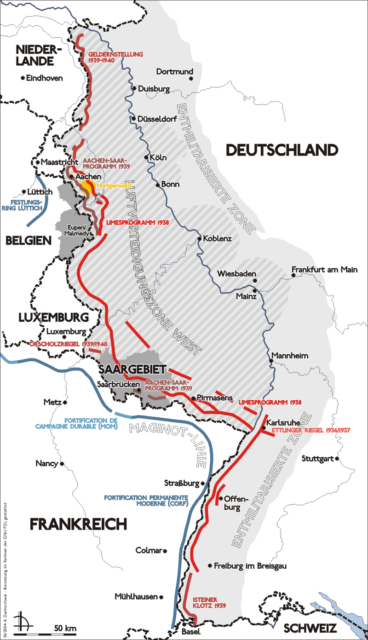
Brown was given yet another promotion. They were then ordered to attack pillboxes on the Siegfried Line on October 8, 1944.
When Germany started WWI, they created the Siegfried Line as a defensive barrier against France. When they started WWII, they strengthened that line with a series of bunkers, tunnels, tank traps, and all sorts of other nasties. To invade the German heartland, the Allies had first to break that line.
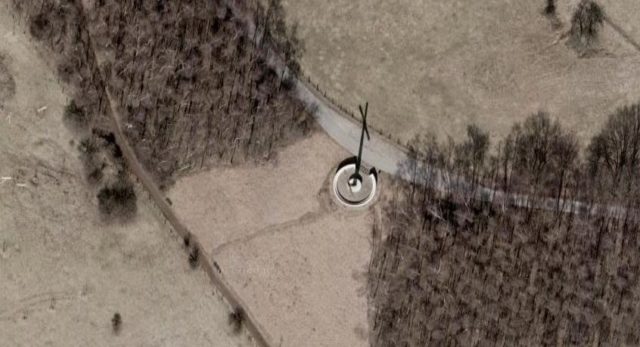
Brown’s target was the German border city of Aachen in North Rhine-Westphalia near Belgium, the Netherlands, and France. As such, it was a vital part of the Siegfried Line. To reach it, they first had to take Crucifix Hill (so named because of the large cross on top) beside the village of Haaren just outside Aachen. It would not be easy.
The hill was fortified with 43 heavily armored pillboxes and bunkers. It also contained desperate soldiers defending their homeland and acutely aware of just how much the rest of Europe hated them. Of those defensive posts, Brown’s company was to take out numbers 17, 18, 19, 20, 26, 29, and 30.
To make things a little easier, P-47 Thunderbolts had launched an airstrike on the German positions. It had not done much good. The Germans were excellent builders, and although the bunkers suffered some damage, most remained intact.
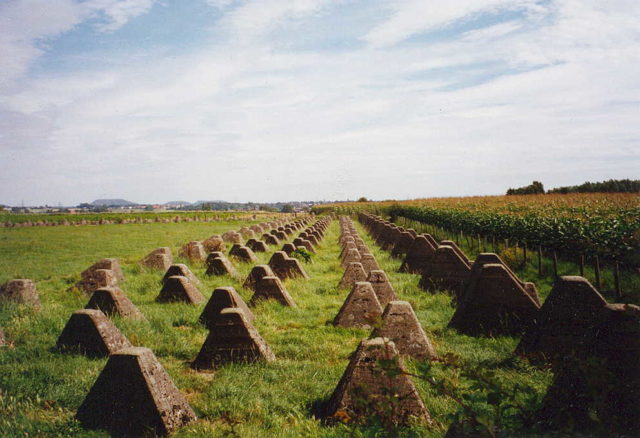
Stopping some 450 feet away from an anti-tank ditch guarding pillbox 18, Brown turned to his platoon Sergeant and said, “Give me a couple of flamethrowers, some pole, and satchel charges.”
With them in hand and his men providing covering fire, he crawled up to the pillbox and found it was still intact. He jumped into a crater beside it and prepared a satchel charge that he threw into the pillbox which erupted in a cloud of smoke.
Number 19 was next.

Its door had a 12-inch opening that Brown shoved a Bangalore mine through, blasting an even bigger hole. To make sure there were no survivors, he threw in a satchel charge for good measure, then returned to his men. He did it all under heavy machine gun fire.
“Sir!” his Sergeant barked. “There’s bullet holes in your canteen.”
There was also blood running down his leg, but Brown just shrugged and ordered his troops toward pillbox 20. This one was not going to be easy. It had a swiveling gun turret on the top, six machine guns poking out of firing ports, and concrete walls six feet thick.
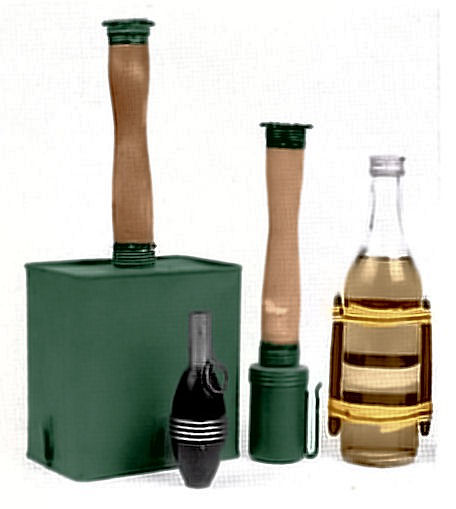
Crawling up to it, he was wondering how to take it out when a German soldier approached carrying some ammo. As the soldier went into the pillbox, Brown dashed forward, chucked in two satchel charges and then threw himself on the ground. Number 20 blew up.
Those soldiers in the other pillboxes wanted to keep their lives and limbs, so they surrendered. By evening, Crucifix Hill was in Allied hands. Part of the Siegfried Line had been breached, and Aachen was next.
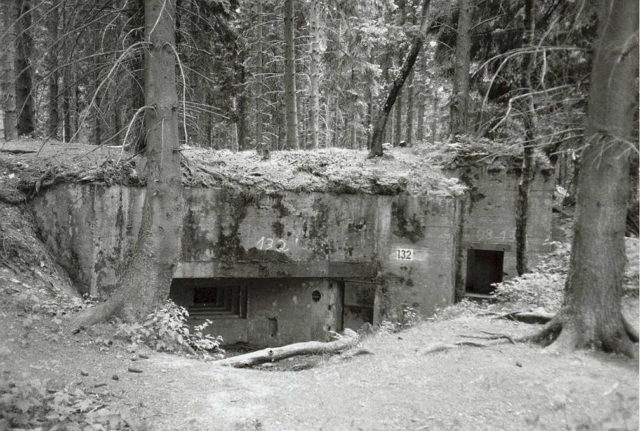
The Germans did not give up easily. An artillery shell blew up right beside Brown, earning him sick leave and 30 days back in the US – although not for long. Back in Europe, he fought his way into Czechoslovakia.
He then returned home to receive a Medal of Honor on August 23, 1945. Sadly, the war never ended for Brown. Plagued by constant pain from his war wounds and his terrible memories of the war, he took his life in 1971, obstinate to the very end.
